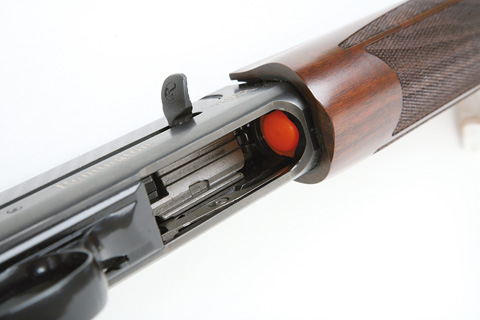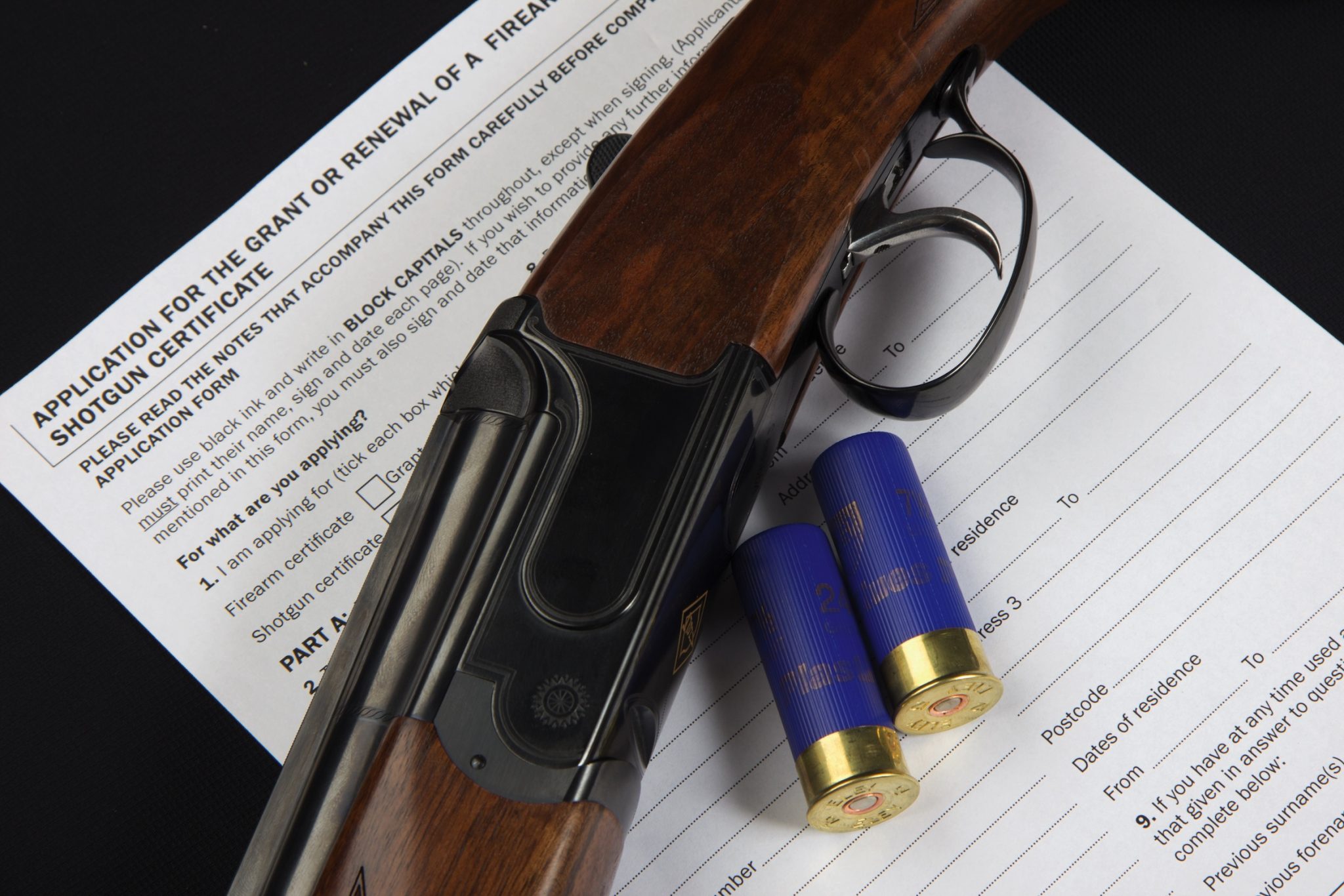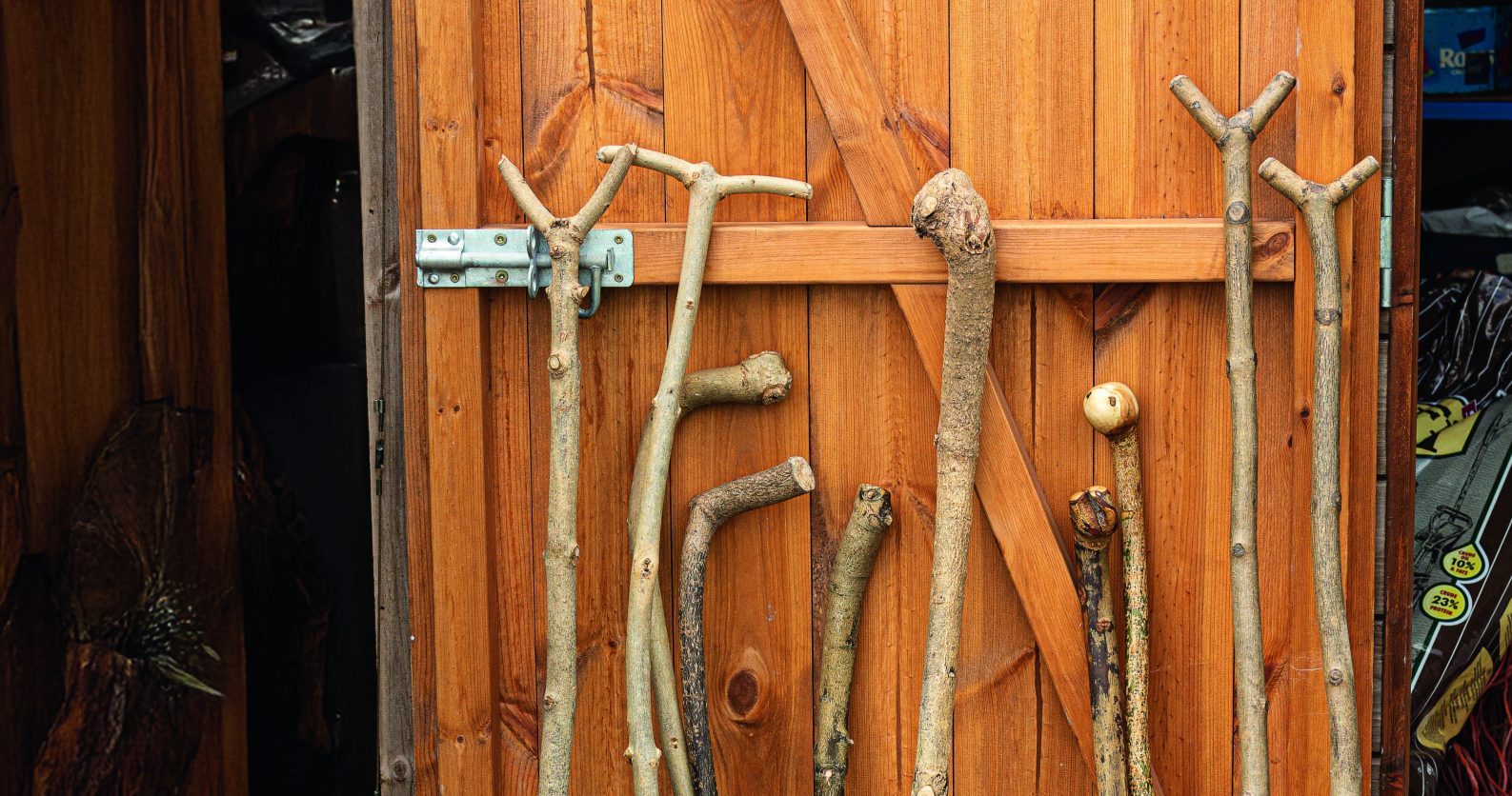Win CENS ProFlex DX5 earplugs worth £1,149 – enter here
Shotguns for wildfowling under £1000

Shotguns for wildfowling under £1000
The legal restrictions on lead require wildfowlers to use guns capable of taking steel, bismuth, tungsten and heavy loads. In the 1970s we used to buy in a lot of Spanish 10-bores and open them out to 8-bore.
That was fine, but of course by boring the barrels out you’re making a heavy gun lighter, so when you fired a heavier load through the guns there was more recoil.
Wildfowling guns
When specific wildfowling guns first came about they were catering for a specific market of what might be described as ‘professional’ wildfowlers, who relied on the sport to survive. Back then they were using black powder, so guns had longer barrels for increased pressure so the shot went further. (Read more on black powder here.)
This also increased the weight of the guns, which was essential for maintaining a good swing, particularly important because black powder burns much slower than modern powder.
Today’s guns
Many wildfowlers now use more modern guns for wildfowling, generally firing steel shot through semi-autos with 3½” chambers, which I think has proved to be a pretty good combination. There are still people out there who like to use big-bore guns in 10, 8 and 4-bore, though the 10-bore has gone a little out of fashion with the advent of 12-bore guns with 3½” chambers.
In the collector’s market double-barrel 8-bore and single barrel 4-bore guns are still very popular. I wouldn’t recommend using steel shot on older English guns. For guns with Damascus barrels I would only recommend using bismuth.
There are a lot of excellent semi-autos out there for all budgets (including shotguns for wildfowling under £1000) from some of the best-known makers such as Browning and Beretta. (Read our guide to semi-autos for wildfowling.)
Most over-under guns now have 3″ chambers as standard, so they can be used quite happily for wildfowling with a slightly heavier load. I would recommend half choke or wider for steel shot, but with bismuth and tungsten you could use tighter chokes.
Older side-by-side guns such as AYA Number Three or the Super Solway can be found with 3″ chambers capable of taking the higher pressures inherent in heavier loads. English 12-bore magnum side-by-sides, however, were nearly always proofed at a lower pressure.
Modern guns don’t tend to be too heavy: 12-bore semi autos generally come in at around 7½lbs. Felt recoil is relatively low due to the recycling mechanism absorbing much of it.
We do see a few 10-bore semi autos as well, which obviously tend to be a bit heavier.
A lot of wildfowlers like semi-autos because it doesn’t matter if you scratch them, and they are very easy to look after.
Quarry
In theory the type of gun you buy will differ depending on the type of quarry you will predominantly be going after. Big-bore guns allow you to use a bigger pellet with more killing power but still keep a good pattern.
If you’re going to be flighting geese into decoys then a 12-bore would be fine, but if you’re shooting them off the loch or off the marsh, river or foreshore they are likely to be more than 50 yards out.
That being the case you will want to use a bigger bore gun if only to be fair to the bird and to yourself. If you’re heading out to the marsh and a bird comes over you 80 yards out and you have a big-bore gun with you it will also ensure you’ve not had a wasted trip
Take a look at the following shotguns for wildfowling under £1000.
Marco Hammer Gun
Around £350
This gun takes me back to my roots; we used to get these from Italy in the late 1960s and early 1970s.

It has a beaver tail fore-end, which AYA often fitted to magnum side-by-sides. This was not protection against hot barrels but because on a cold day it would stop your hands freezing onto the barrels.
It has a pistol grip stock, which also helps you to grip the gun on cold days. This particular gun also has sling swivels fitted, which meant the gun could be carried easily without a slip – though this is not done quite so much these days.
These guns have 3″ chambers and used to be sold with three-quarters and full choke, though many guns were then bored out to half and quarter or half and half. It will take a substantial steel load, though you should be careful not to put through the biggest steel loads. Heavy bismuth is fine.
A lot of people do still like to use a side-by-side gun for tradition’s sake, but I feel you get a better sight picture on overhead birds with a side-by-side as opposed to an over-under.
This gun is a non-ejector, which a lot of wildfowlers prefer. This is because it is much easier to remove spent cartridges by hand and stick them in your pocket in the dark than hunt around in the mud on your hands and knees for ejected cartridges.
This is a good, well-balanced gun weighing in at about 7½lbs, meaning there is plenty of weight for a good swing through and to absorb the recoil.
Hatsan Escort Synthetic shotgun
Around £450
This budget semi-auto is a very good Turkish gun, available in 12 bore with a 3½” magnum chamber.
Get the latest news delivered direct to your door
Subscribe to Shooting Times & Country
Discover the ultimate companion for field sports enthusiasts with Shooting Times & Country Magazine, the UK’s leading weekly publication that has been at the forefront of shooting culture since 1882. Subscribers gain access to expert tips, comprehensive gear reviews, seasonal advice and a vibrant community of like-minded shooters.
Save on shop price when you subscribe with weekly issues featuring in-depth articles on gundog training, exclusive member offers and access to the digital back issue library. A Shooting Times & Country subscription is more than a magazine, don’t just read about the countryside; immerse yourself in its most authoritative and engaging publication.







